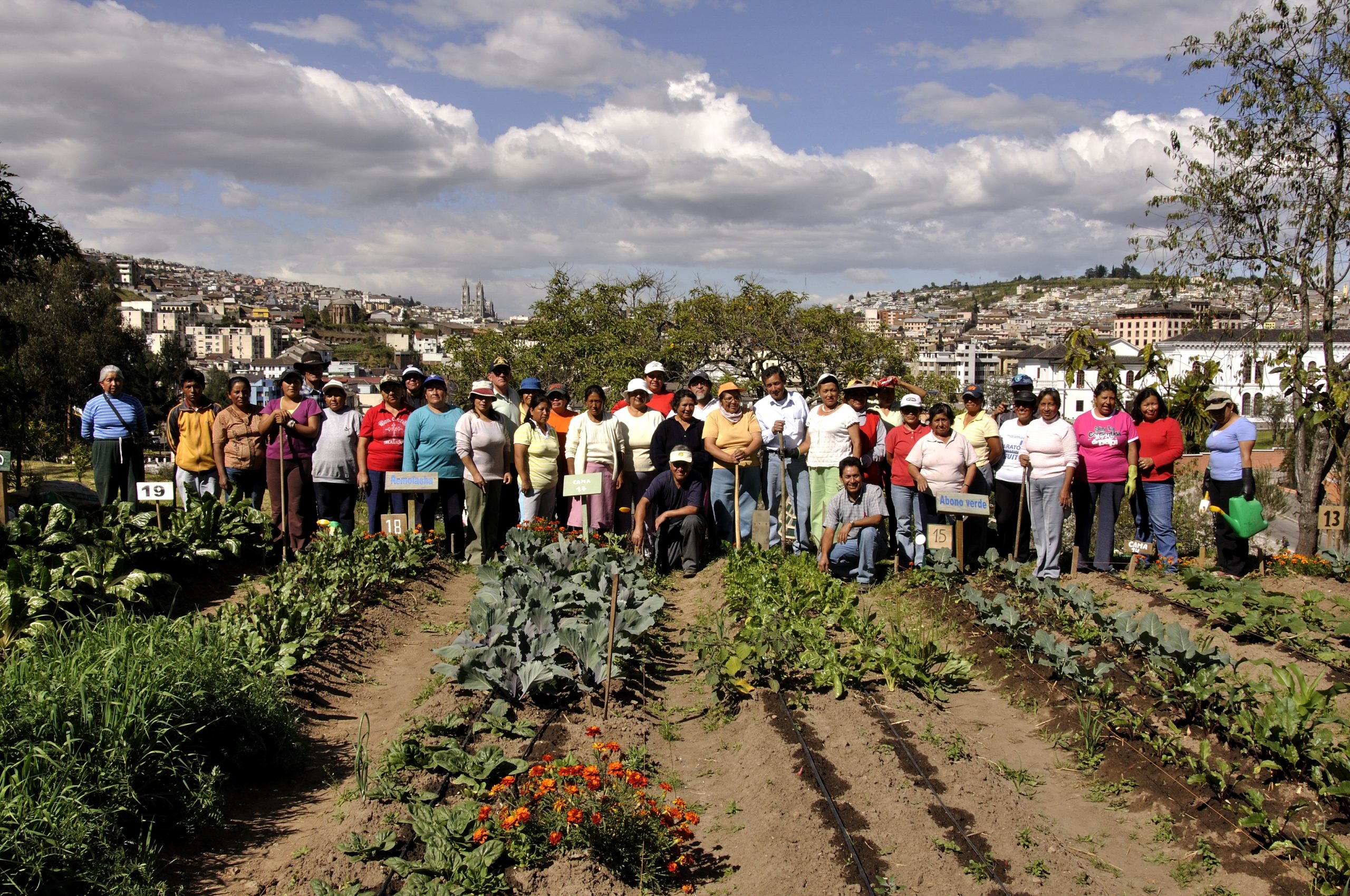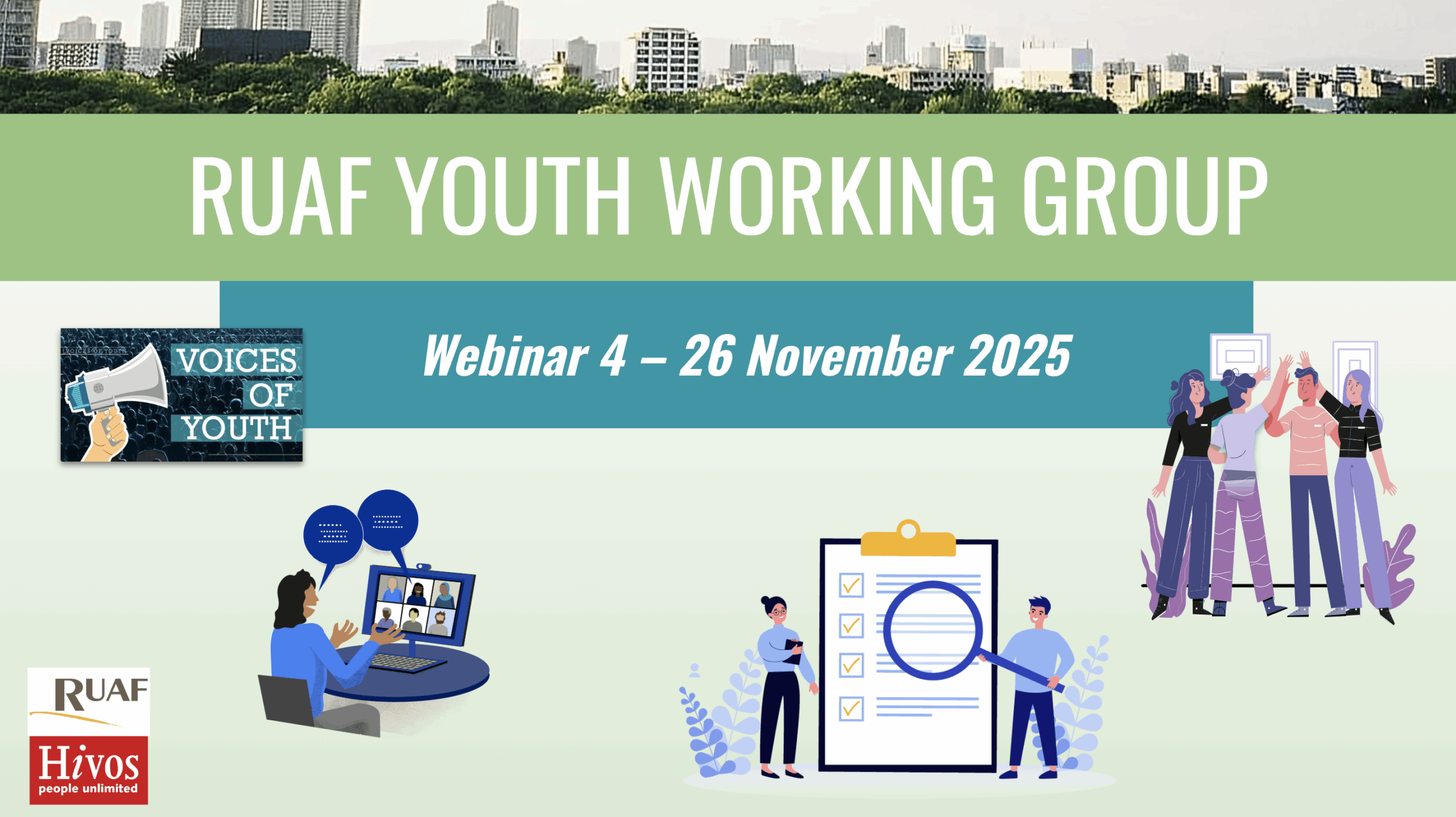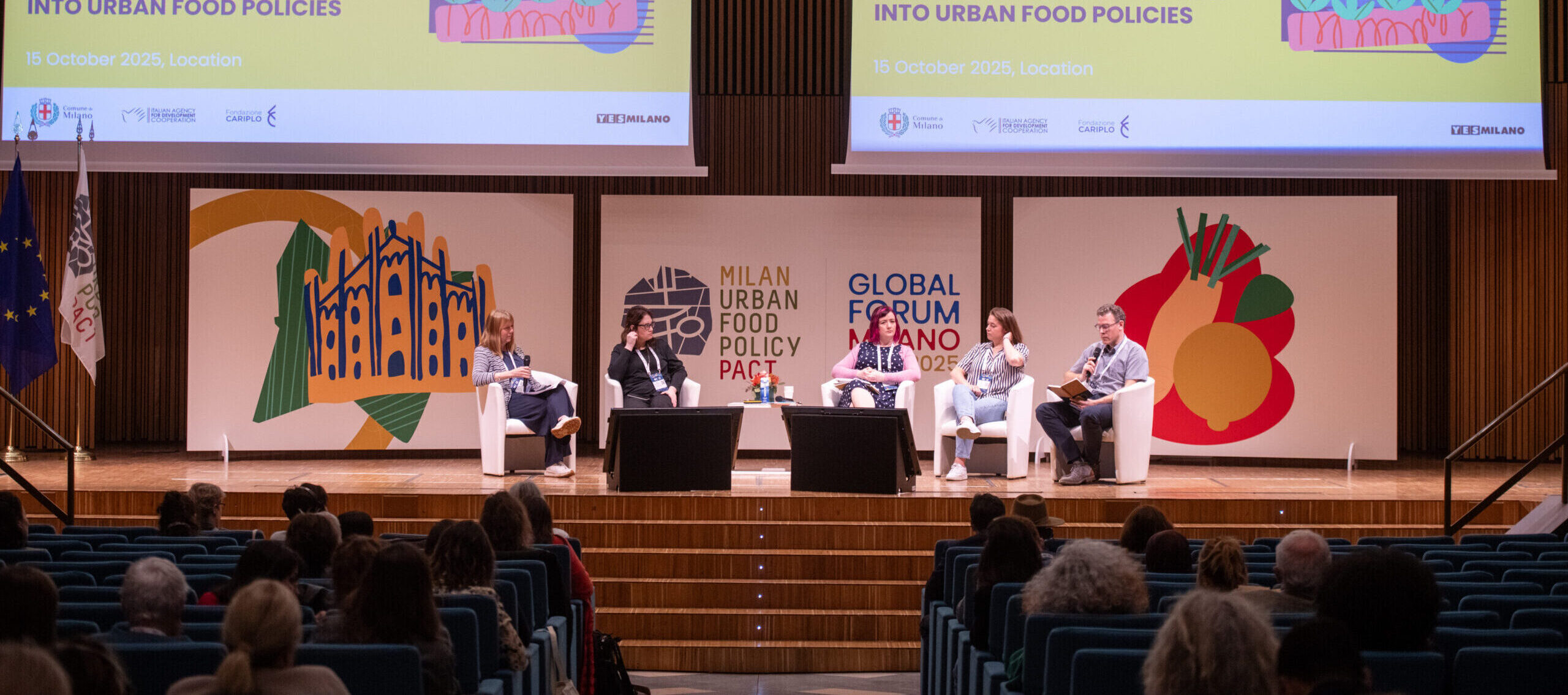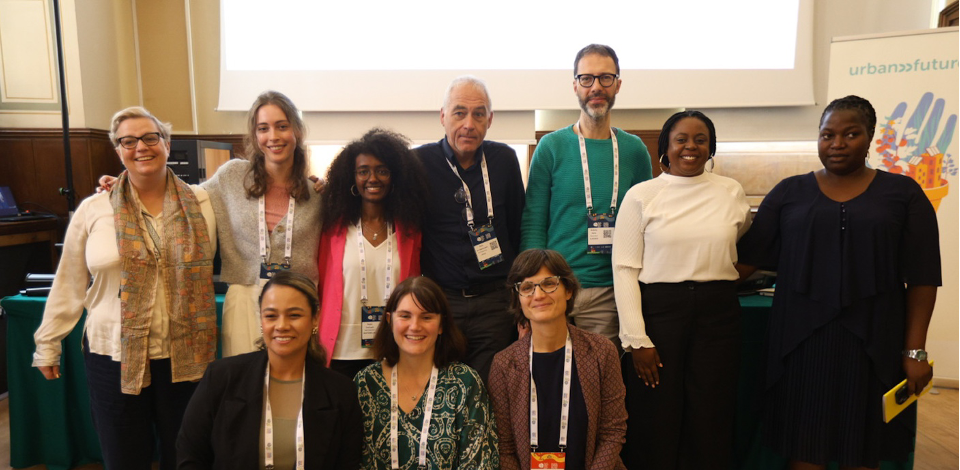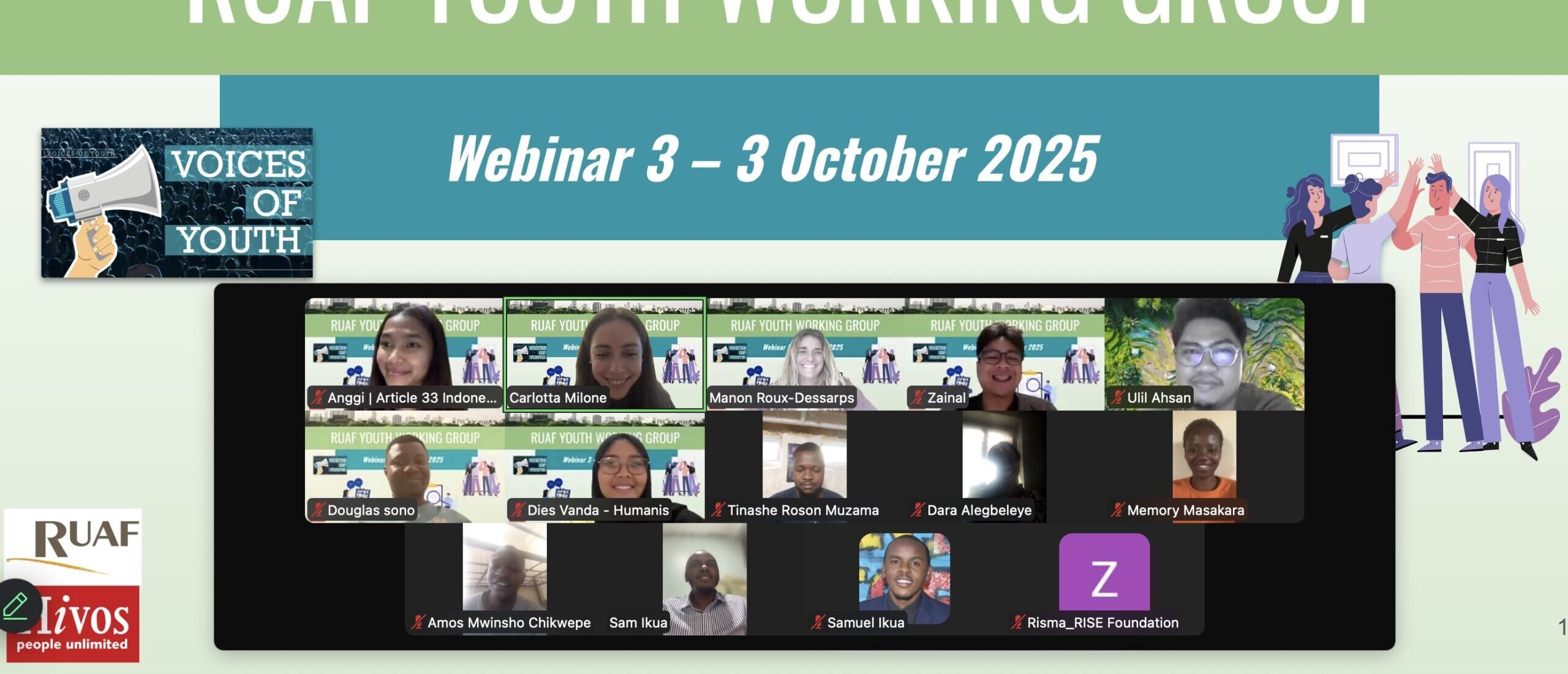The city of Quito has long been involved in agricultural activities. However, the city planning department only incorporated food as a matter of concern in 2002, in the wake of an economic crisis that left nearly 50% of the population living below the poverty line. People had migrated to the city in droves, causing the population to nearly double within two decades. Many people, particularly those in inner-city neighborhoods and hill-side communities, resorted to small-scale agriculture in order to provide food for their families. Poverty and food insecurity became issues that the city urgently needed to address.
AGRUPAR is born
In response, the Municipality of the Metropolitan District of Quito established the AGRUPAR Participatory Urban Agriculture Project as a strategy for food security and poverty reduction. Intended for the most vulnerable among the population, this initiative sought to improve access to healthy and nutritious food, and provide opportunities for entrepreneurship and income growth, especially for women heads of household.
AGRUPAR became the starting point of a process that, over many years, created a space for broad discussion about the problem of food in the city. The project received a recent political boost thanks to Quito’s accession to the RUAF Global Partnership (formerly the RUAF Foundation) in 2016, as well as to the Milan Urban Food Policy Pact (MUFPP) in 2019. This elevation has also encouraged synergies between several local public and private entities, and promoted a more coordinated approach to the various food-related challenges within the District.
Joining the City Region Food Systems programme
In 2015, Quito became one of eight cities throughout the world to test and implement the City Region Food System (CRFS) project. The city took an integrated approach to constructing an agri-food policy for the city-region in a participatory fashion, evaluating of the current agri-food system, and taking concrete measures to improve it.
An analysis of the food dynamics within Quito highlighted the high vulnerability of the District’s agri-food system, from its exposure to climatic events, seismic volcanic and landslides, to its fragility against human pressures caused by trends and consumption patterns, agricultural production, industries and residential settlement patterns. Quito convened a multi-stakeholder platform to perform the analysis, submit proposals, and build an agri-food policy that promotes changes in the way food is processed, transported, and consumed, as well as the way waste is handled.
The results of the CRFS Quito-region diagnosis generated enough evidence for food to be included in the Resilience Strategy and Vision 2040 (strategic and participatory planning of the city by 2040). It promoted a high level of awareness and activism among actors within the agri-food system and helped to define a common objective and vision. Quito also collaborated with MUFPP and RUAF, supported by FAO and the Water Land and Ecosystem Programme (WLE), in a pilot to start working with the MUFPP monitoring framework locally and shared what they learned with other cities.
Towards a sustainable and resilient agri-food system
Thanks to the permanent support of the RUAF Global Partnership, a strategic ally of Quito, the city’s participation in the CRFS project and the MUFPP framework brought clarity to the food situation. Furthermore, a multi-actor city team has been informed about the issues and is committed to realising a sustainable and resilient agri-food system, known since 2017 as the Quito Agri-Food Pact (PAQ). Quito subsequently signed an Agrifood Charter in October 2018 and published its Agrifood Strategy in April 2019. Progress is currently being made at the political level so that the strategy is recognised as a city ordinance and the multi-stakeholder platform is raised to the Food Council.
While there is still much to do, Quito is proud of the change that has been initiated. Quito aspires to be a city where food is a right for all, integrating transversely to the different axes of planning and public policies of the city, and with an emphasis on health, sustainability, resilience, equity, education and economic development.

